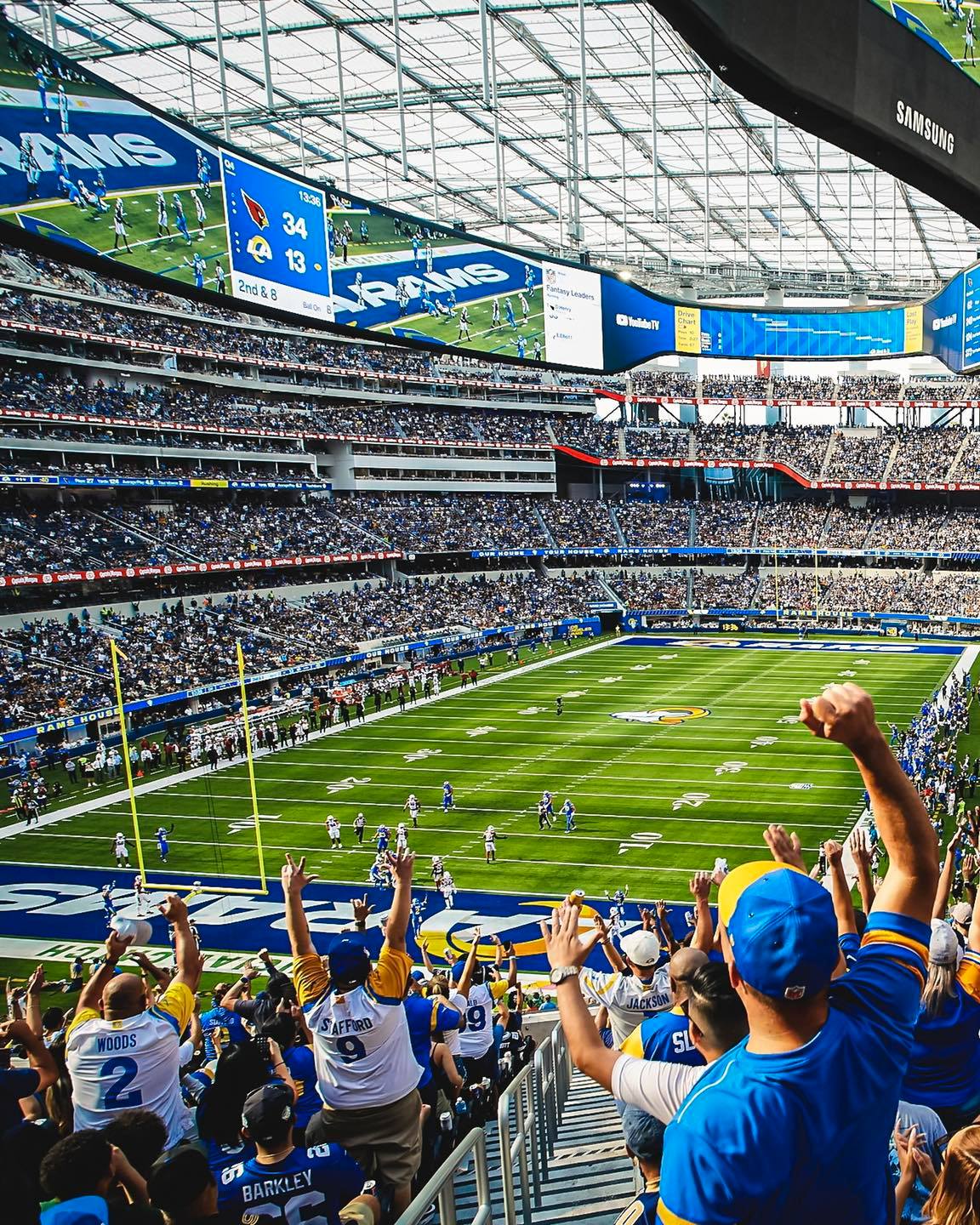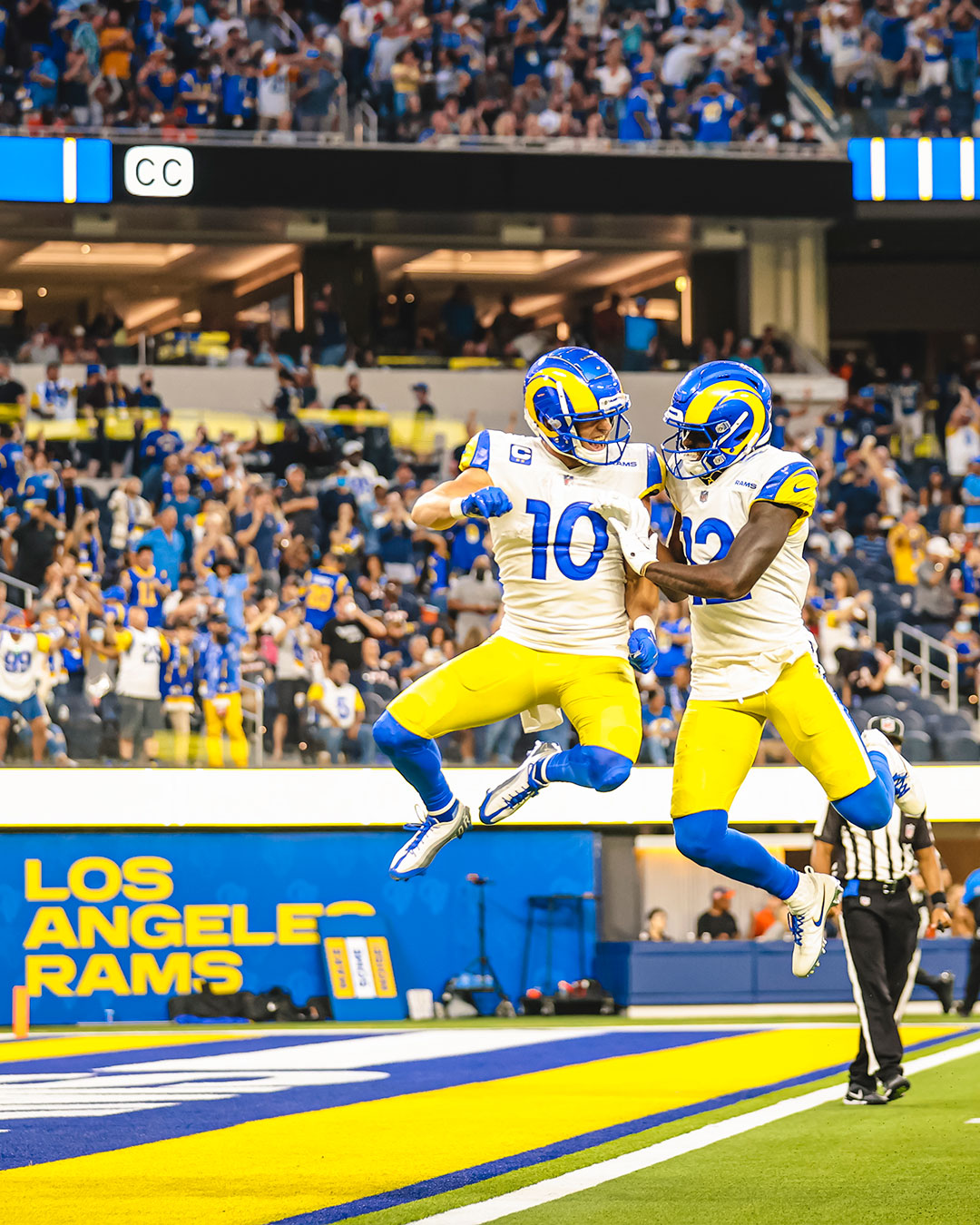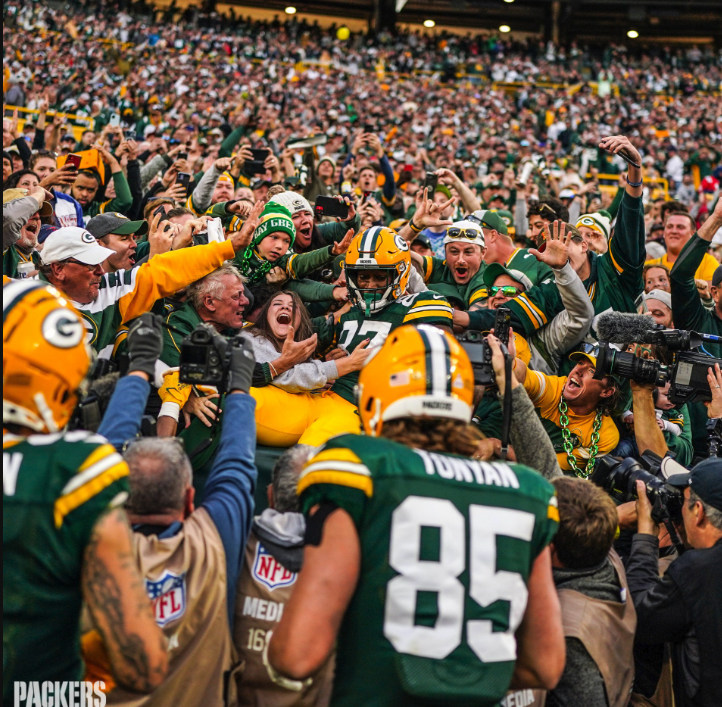“On any given Sunday, you’re either gonna win or lose. The point is: can you win or lose like a man?” – Al Pacino as Tony D’Amoto in Any Given Sunday
Oliver Stone’s 1999 masterpiece was a look into the Wild West world of professional football. Though the plot centers around a fictional rival league to the National Football League, it presents elements of realism. Stone’s movie encapsulates the culture of professional football, from in the locker room to the top executive.
The NFL is the most successful professional sports league in the world. It generates $15.3 billion annually, something no other sports organization has reached.
That is thanks to the work of Roger Goodell, the long-standing commissioner of the NFL. His guidance took the NFL as a Sunday activity with an additional Monday night game to Thursday, Sunday, Monday, and sometimes Saturday match-ups. He has overseen the most lucrative broadcasting rights deals in recent history. While he has his critics, Goodell has been the business mind to take the NFL to the next level.

Photo Courtesy SoFi Stadium
There are 32 NFL teams in the country, but not all of them are of equal value. Media markets dictate how many fans will attend games and attract top-tier free agents. The most valuable franchise is the Dallas Cowboys at $8 billion, followed by the New England Patriots at $6.4 billion and the Los Angeles Rams at $6.2 billion. Playing in some of the most modern stadiums like AT&T Stadium, SoFi Stadium, and Gillette Stadium generates extreme sums of capital for these teams. The NFL averages around 67,000 fans per game, but some venues can seat up to 100,000. That’s a lot of money from concessions, parking, ticket sales, merchandise, etc.

Photo Courtesy SoFi Stadium
Almost all NFL franchises are owned by a businessperson and their families. The exception is the Green Bay Packers, the last publicly-owned football franchise. The backing of some of America’s most powerful families helps a team’s finances. The Fords (Detroit Lions), the Kroenkes (LA Rams), and the Waltons of Walmart (Denver Broncos) are a few examples. The goal for every franchise is the same: win a Super Bowl. Heading deep into postseason football generates further revenue as ticket prices increase with more incentivized games.
Teams make money through fan attendance including ticket sales, concessions, and merchandise drive – it’s called local revenue. TV licensing and sponsorships are the most significant generators, and is referred to as national revenue. The broadcast money is distributed between the 32 clubs at the end of each season.
Deals with ESPN/ABC, NBC, CBS, Fox, and Amazon contribute to the pool. Investopedia said the NFL made $9.8 billion as of March 31, 2021. Each team received $309 million.
Since the NFL is a private entity, it doesn’t share its accounts with the public.

Photo courtesy Green Bay Packers
Teams use this revenue to finance organizational needs. The TV money and ticket proceeds contribute to player wages, operating expenses, and other needs. The Packers reportedly spent $410 million on operations in 2021.
Football is the most-watched sport in the U.S., especially the NFL. 112.3 million people watched Super Bowl LVI between the Rams and Bengals in 2022. That’s a record for a football game.
Super Bowl LVII between the Chiefs and Eagles was viewed by 101 million people, 38% of which came from streaming services instead of cable packages.
The NFL is making it easier for people to view games. It recently announced that the NFL Sunday Ticket is moving to YouTube TV for the 2023 season. This package allows subscribers to watch all NFL games without restrictions. That includes preseason, postseason, and NFL RedZone, the highlights-only channel.

Photo courtesy Dallas Cowboys
The league uses a salary cap to balance the parity between the franchises. It’s broken down into Active Cap Spending (money spent on player contracts, bonuses, and incentives), Dead Money (fully-guaranteed money going to cut or traded players), and Effective Cap Space (money left for spending). The 2023 season will see the salary cap hit $224.8 million. They’ve had a cap since 1994. The salary cap is used to keep finances level between all the teams so larger media markets don’t outmuscle the smaller markets.
Lamar Jackson, quarterback for the Baltimore Ravens, is the highest-paid NFL player in history ($52 million APY for five seasons). That’s a testament to the NFL’s growth. You can watch NFL from Thursday to Monday, with most games featured on Sunday from 1 pm to 8 pm.
The NFL has little competition for ratings except maybe college football. Once the NCAA regular season wraps up, the NFL extends broadcasts to Saturday, usually the day reserved for college broadcasts.
The NFL’s grip on the American public is well-documented, and people love it. The sport is mesmerizing and action-filled. And its revenue-generating power is unmatched.





